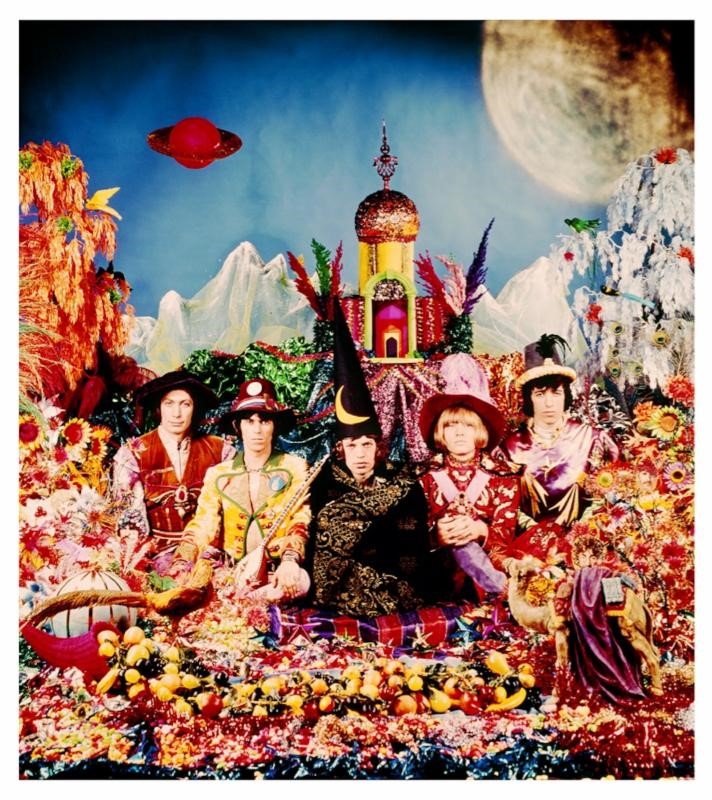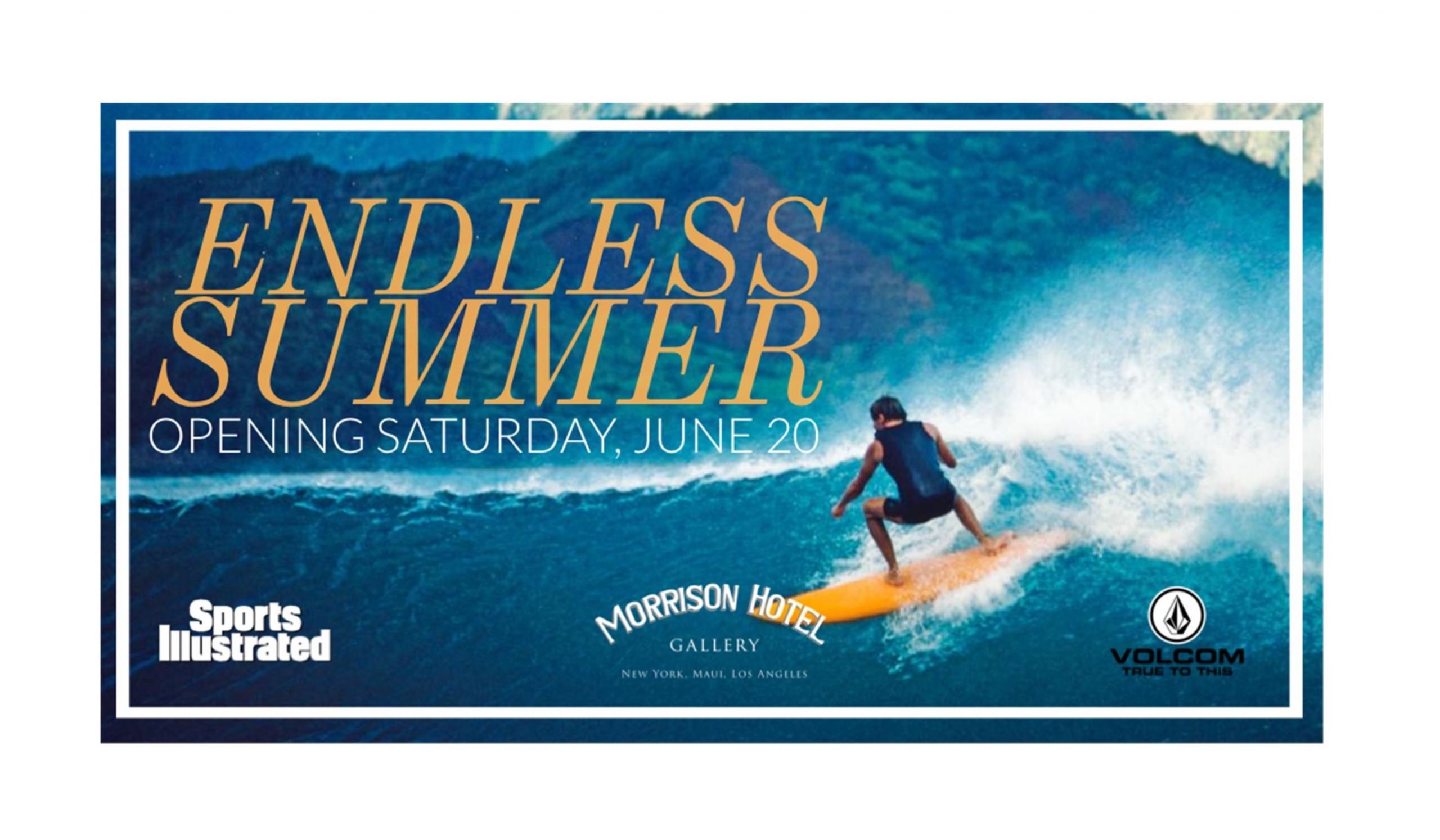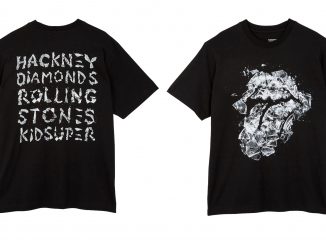 New York Fashion week is September 7th through the 13th and I have been getting the skinny on some of the runway shows, NYC events and parties. One event I find fascinating is the Morrison Hotel Gallery’s 50th Anniversary Celebration of The Rolling Stone’s Their Satanic Majesties Request: The Making of an Album Cover. The event is the celebration of the album and Michael Cooper’s photographic storytelling.
New York Fashion week is September 7th through the 13th and I have been getting the skinny on some of the runway shows, NYC events and parties. One event I find fascinating is the Morrison Hotel Gallery’s 50th Anniversary Celebration of The Rolling Stone’s Their Satanic Majesties Request: The Making of an Album Cover. The event is the celebration of the album and Michael Cooper’s photographic storytelling.
Fashion was key when looking back at album covers around that time period and Michael Cooper’s innovational photography for albums stood out from the rest especially after his work on St. Pepper’s Lonely Hearts Club Band album cover.
The history behind these album covers is intriguing and though this may be a long read versus other articles if you like the Beatles and the Stone’s it would be a great read.
It all started…
In 1967, inspired by the eclectic psychedelia of The Beatles’ Sgt. Pepper’s Lonely Hearts Club Band, The Rolling Stones got to work on a similarly trippy musical journey. The result was Their Satanic Majesties Request, an album that initially drew mixed reviews but has become a well-respected part of the Stones’ work in the decades since.
If the cover for that album bears a striking resemblance to the Sgt. Pepper cover, it’s no mistake: The Stones were so impressed with the photos for The Beatles’ album that they asked Sgt. Pepper photographer Michael Cooper to create a similar effect for their release.
It was natural that The Stones would tap Cooper for the cover of their foray into psychedelia. Cooper’s vision was a fantastical 3-dimensional image – one that was only possible with a camera located at Mount Vernon Studios in New York City. The Stones were able to book studio time on September 13 and 14, 1967, but with the caveat that they had to take care of everything from the props to the clothing.
Their Satanic Majesties Request: The Making of an Album Cover tells the story of that session through a selection of 20 images. Of the outtakes, over a dozen images have never been seen by the general public. Morrison Hotel Gallery is proud to be able to celebrate this historic album in the same city where its iconic imagery came into being. The exhibit will also honor the artistry behind the album cover that was to become one of Cooper’s most recognized works. Opening on September 7th, the show will be up until September 20th at Morrison Hotel Gallery’s SoHo location.
The shoot for Sgt. Pepper and Satanic Majesties couldn’t have been more different. While The Beatles had the red carpet rolled out for them, simply arriving for their shoot, being photographed, and leaving, The Stones had to sweat. Under Cooper’s direction, the band shopped for everything, sewed, glued, prepared all of the clothes, flowers, and everything appearing on the cover. After an exhaustive amount of prep work, the scene was ready. The result was a legendary cover for an album that marked The Rolling Stones’ first foray into psychedelia and sound effects.
Known as “the poet of the lens” by his friend Christopher Gibbs, Cooper wasn’t always a rock photographer. Instead, he started his career at Vogue magazine. After some time, he sought freedom and broke out on his own, traveling and photographing the world with his Nikon F.
In 1964, he met renowned London art dealer Robert Fraser, who introduced him to musical icons such as The Beatles, The Rolling Stones, Marianne Faithfull, and others. As he built his career as a photographer, he became close friends with the legends on whom he turned his lens. Faithfull described Cooper as, “the man who floated around the scene with a single lens – reflex eye, invisible, but ever present.”
Of Cooper, John Lennon said, “Of all the photographers, Michael was without a doubt the best documentarian of this magnificent decade. He truly understood our dreams for the future and what the 60´s really meant.”
Michael Cooper always appeared to be there when it mattered, an alchemical presence, and his closest friend Keith Richards said, “Satanic Majesties! Michael got you up to some amazing things, I mean, here we´re making our own set for the album cover… ‘Got the glue?’ or ‘Can I have that saw when you´ve finished with it?’ Handicrafts for two or three days, he kept popping out and buying things when we ran out. Bits of Styrofoam and God knows what. Millions of bits of sequins, rhinestones, and beads!”
Once he worked with The Beatles on the cover for Sgt. Pepper, Cooper had secured a permanent place among the greats of musical photography.
About Michael Cooper
Michael Cooper (1941 – 1973) was an exceptional British photographer who is remembered for being in the center of the cultural movement of the iconic 60´s. His photographs of the Swinging London art scene redefined the American Pop Art to Pop Art in a very British sense, and are a vital record of the artistic climate of that time.
One of his most recognized works is the album cover for Their Satanic Majesties Request by The Rolling Stones, for which Cooper was both the designer and photographer. He also befriended and worked with music and art icons such as Eric Clapton, Andy Warhol, Francis Bacon, Jean Dubuffet, Peter Blake, David Hockney, as well as writers William Burroughs, Jean Genet, Allen Ginsberg, and more.
About Morrison Hotel® Gallery
Morrison Hotel® Gallery was founded in 2001 by former record company executive Peter Blachley, music retail industry professional Richard Horowitz, and legendary music photographer Henry Diltz. In 2012, author, director and photographer Timothy White joined the team, launching an additional West Coast gallery at The Sunset Marquis Hotel in West Hollywood. The partners just launched a new location at Mick Fleetwood’s General Store in Maui, Hawaii.
MHG is the world’s leading brand in fine art music photography representing over 125 of the world’s finest music photographers and their archives. Their vast catalog of photography encompasses jazz, blues, and rock imagery spanning several generations through to today’s contemporary music artists and now includes iconic photographs in the world of sports as well. MHG has a robust online presence, featuring over 100,000 images searchable by photographer, music artist, band or concert. www.morrisonhotelgallery.com
###
Source: Morrison Hotel® Gallery, Kiva at the Press House



